Read the original article about Model Railroader‘s HO scale club layout, the Milwaukee, Racine & Troy by clicking here. It was originally published in December 1989. […]
The Milwaukee, Racine & Troy

Action may be required on your Trains.com account in order to continue accessing content. Click here to learn more.

Read the original article about Model Railroader‘s HO scale club layout, the Milwaukee, Racine & Troy by clicking here. It was originally published in December 1989. […]

USRA locomotives were born under unique circumstances. A confluence of circumstances led to the nationalization of many of America’s railroads under President Woodrow Wilson in 1917. The outbreak of World War I, which necessitated a ramp-up of American industrial production capacity, and the financial circumstances of the early 1910s led to a liquidity crisis for […]
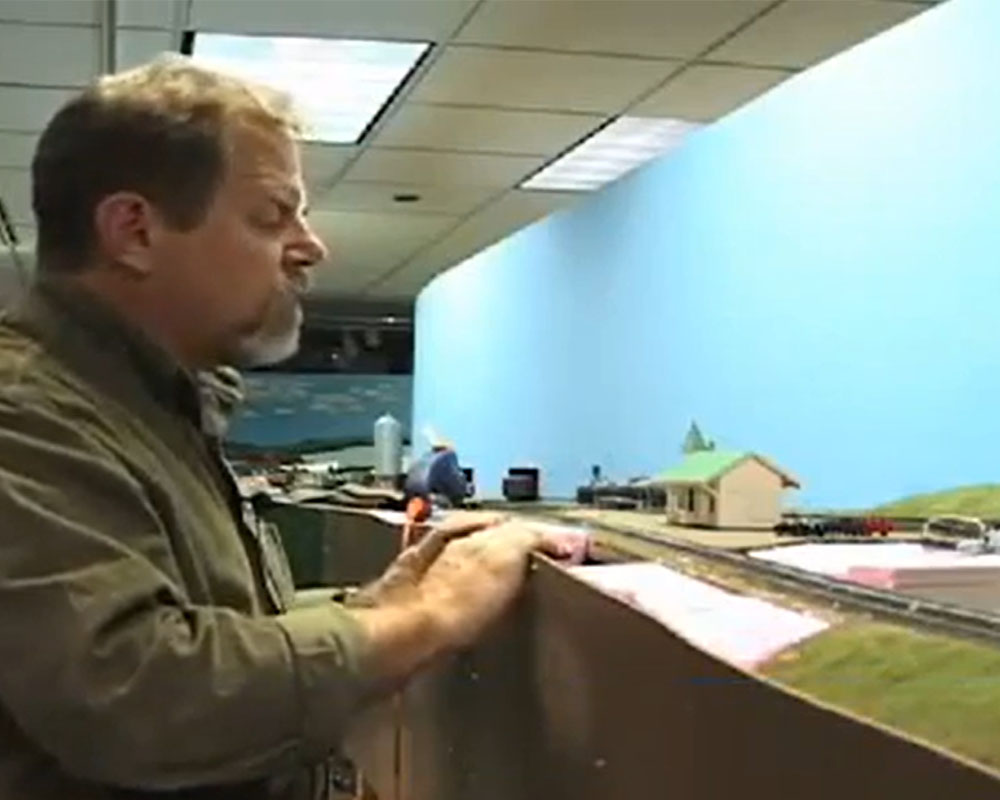
Model Railroader editor Neil Besougloff builds a stable base for the Williams Bay depot on the Bay Junction HO scale model train layout. The depot is kitbashed from Walthers and Atlas parts. Neil will also use a piece of Woodland Scenics roadbed to simulate the depot’s asphalt parking lot. Associate editor Steve Otte shows you […]

Model Railroader editor Neil Besougloff builds a stable base for the Williams Bay depot on the Bay Junction HO scale model train layout. The depot is kitbashed from Walthers and Atlas parts. Neil will also use a piece of Woodland Scenics roadbed to simulate the depot’s asphalt parking lot. Associate editor Steve Otte shows you […]
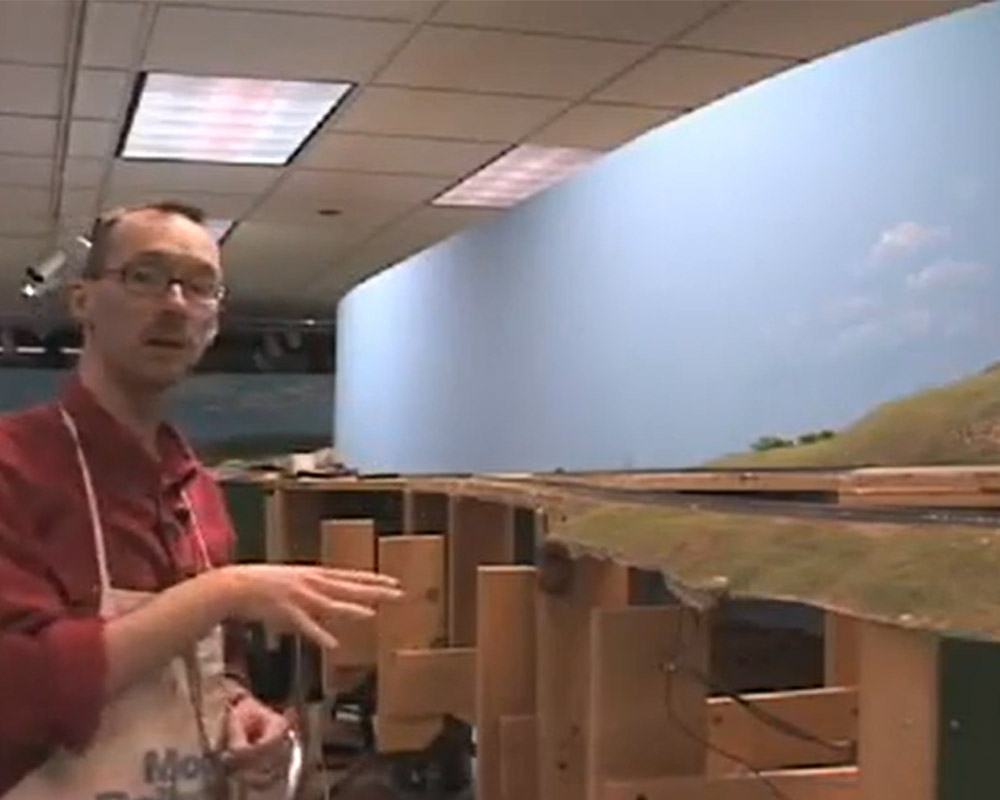
The Model Railroader staff starts work on the Bay Junction HO scale project model train layout. Managing editor David has removed some of the old scenery and fascia. Editor Neil Besougloff and associate editor Cody Grivno keep busy in the workshop with structure projects. […]
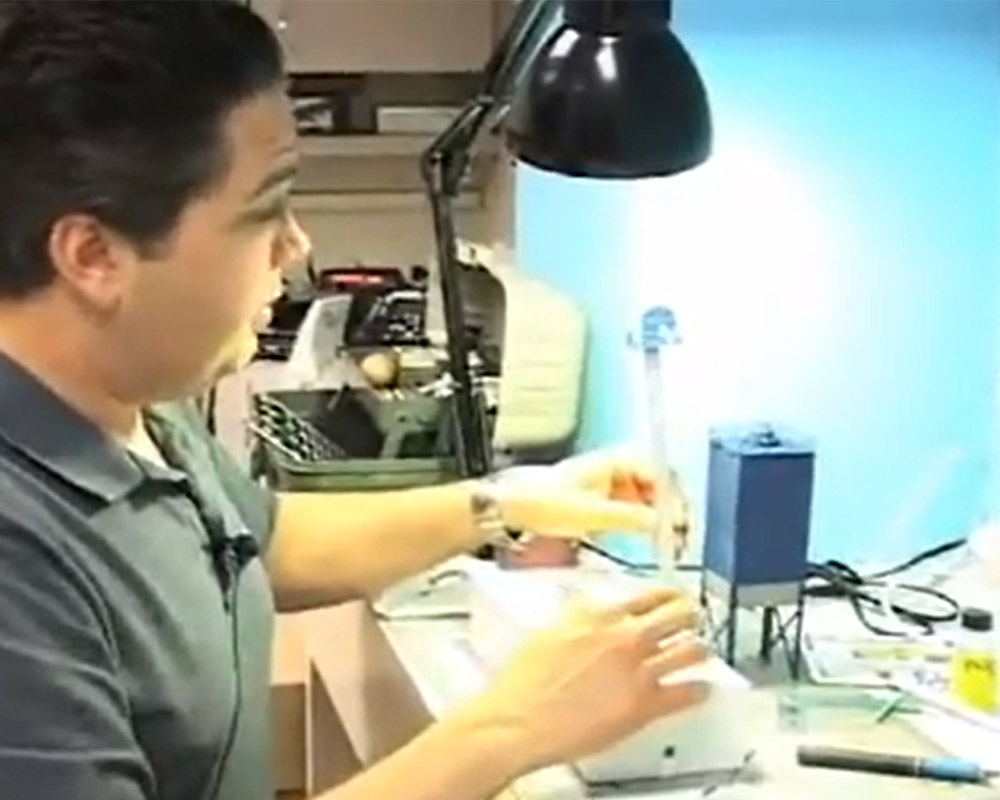
The old track has been removed and the new fascia is up on the Bay Junction HO scale project model train layout. Senior editor Jim Hediger shows how he’s making a moveable step so the Model Railroader staff can easily work on the back of the layout and editor Neil Besougloff shows his kitbashing progress […]

The Model Railroader staff starts work on the Bay Junction HO scale project model train layout. Managing editor David has removed some of the old scenery and fascia. Editor Neil Besougloff and associate editor Cody Grivno keep busy in the workshop with structure projects. […]

The old track has been removed and the new fascia is up on the Bay Junction HO scale project model train layout. Senior editor Jim Hediger shows how he’s making a moveable step so the Model Railroader staff can easily work on the back of the layout and editor Neil Besougloff shows his kitbashing progress […]
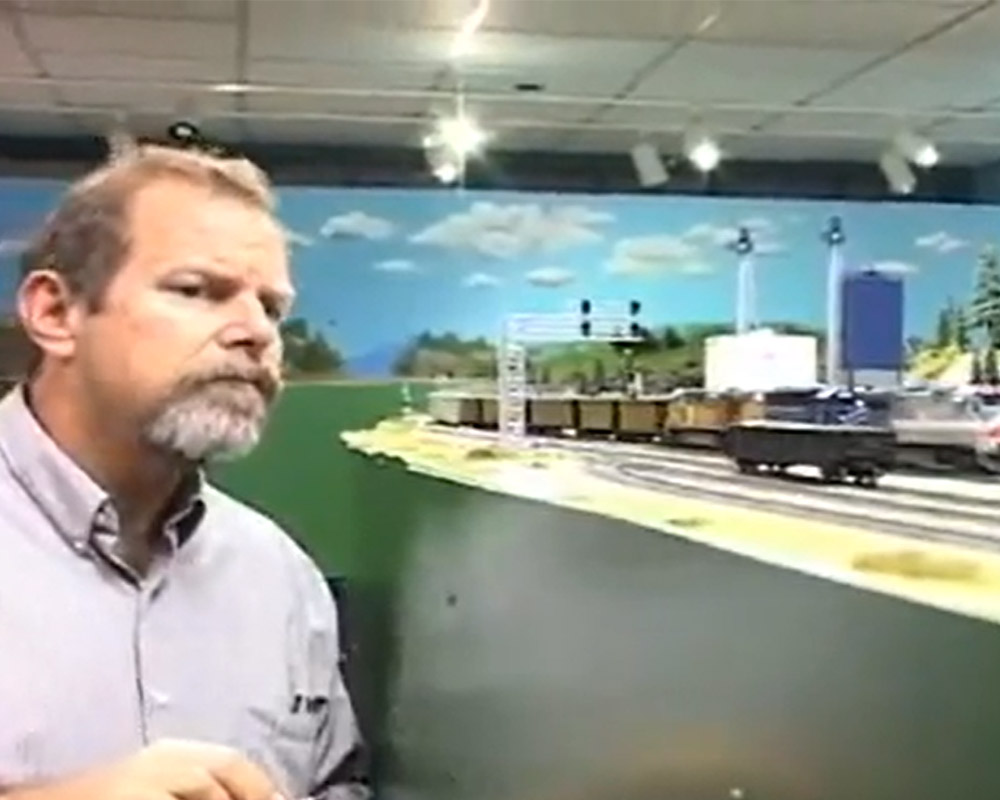
Beginning in the January 2011 issue you’ll see the latest Model Railroader project layout, the HO scale Bay Junction on the Milwaukee, Racine & Troy. We built this modern junction town as part of our MR&T club layout, but we’ll show you how you can build the railroad as a standalone island or shelf layout. […]
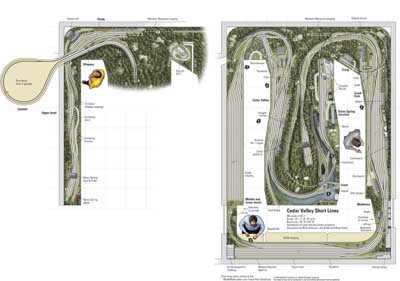
Name: Cedar Valley Short Lines Layout designer: John Saxon Scale: HO (1:87.1) Size: 10 x 22 feet (additional two-track loop suspended from ceiling of adjoining garage) Theme: freelanced, based on Tony Koester’s Allegheny Midland Locale: West Virginia Era: 1960 Style: multilevel walkaround Mainline run: 168 feet Minimum radius: 27″ (visible), 24″ (hidden) Minimum turnout: no. […]
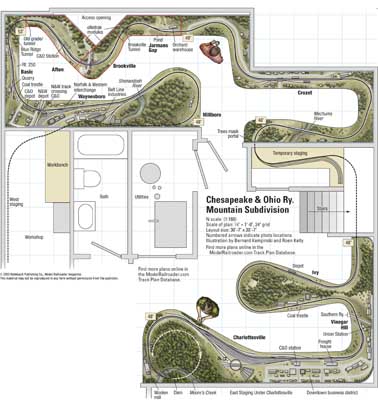
Name: C&O Mountain Subdivision Layout designer: Bernard Kempinski Scale: N (1:160) Size: 30 x 30 feet Prototype: Chesapeake & Ohio with interchange connections to the Norfolk & Western and Southern Ry. Locale: Blue Ridge Mountains and Shenandoah Valley, Virginia Era: 1950 Style: linear walkaround Mainline run: 175 feet Minimum radius: 24″ Minimum turnout: no. 6 […]
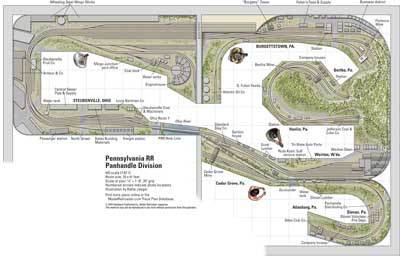
Name: Pennsylvania RR Panhandle Division Layout designer: Curt LaRue Scale: HO (1:87.1) Size: 40 x 41 feet Prototype: Pennsylvania RR Locale: western Pennsylvania, West Virginia panhandle, and eastern Ohio Eras: 1950-1952 (primary), 1955-1956 (secondary) Style: around the walls Mainline run: 120 feet Minimum radius: 36″ Minimum turnout: no. 6 Maximum grade: none Click on the […]